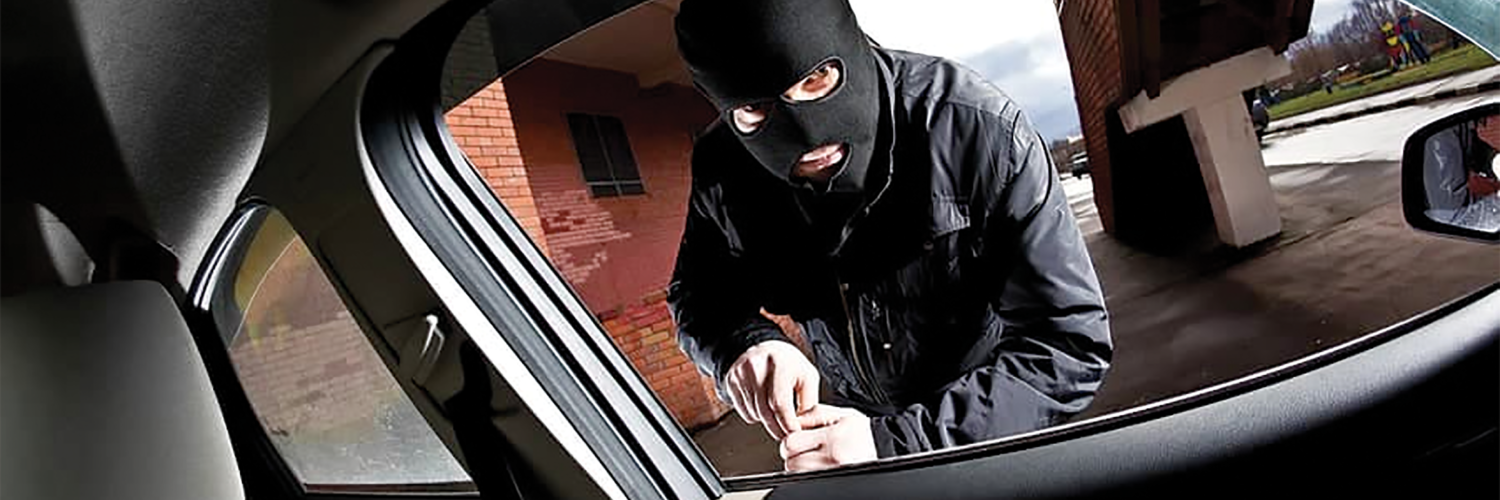Help: Switching off the geyser during water outages will help it from overheating or malfunctioning
By Thuli Zungu

The recent planned water outage severely impacted several areas within Gauteng amid warnings to consumers that these outages could cause extensive damage to certain types of geysers. Consumers should be aware of steps that can be taken to reduce what can be potentially costly damage to their geyser systems as a result of future outages.
Fanus Coetzee, Head of Claims Adjustment Services at Santam, says consumers who have geysers that do not have anti-syphon loop should take certain precautions to minimise the risk of damage to their geysers during an outage.
“Where a geyser does not have an anti-syphon loop and a high pressure system, it may run empty and lead to dry-heating. The omission of the anti-syphon loop during an outage would lead to hot water back-flowing through the cold-water taps.”
Coetzee says on low pressure installations, a geyser would run empty through the normal flow direction. Dry-heating will damage the element and thermostat and the switching on of the geyser without being filled with water may lead to severe damage and potentially pose a safety hazard.
To avoid any issues, Coetzee suggests switching off your geyser entirely during the duration of a water outage.
“This precautionary measure will help protect your geyser from overheating or any malfunction that may occur when operated without water.”
While many insurers will provide insurance cover for solar and or electric geysers per policy conditions following an insured event where the item is ruptured or otherwise irreparably damaged, it is prudent for consumers to try and switch off their geysers during these planned outages.
Repairing or replacing items like geysers almost always adds up to more than one estimate.“If you dont have insurance, it is wise to have some kind of saving for when the curveballs come.
For example, the average cost to replace and install a geyser can be anything from R7 500 to R10 000 and that is a lot more than people think.”
Coetzee says consumers should also ensure that their systems are installed by registered professionals where possible.
“Adherence to the design and installation specifications is paramount to ensure cover. Electrical Connections or plumbing must be completed or approved by registered professionals.”
Consumers should ask a plumber to check that geysers have all of the important safety features such as the vacuum breakers, shut off valve, temperature and pressure safety valve and the multi pressure valve as these are important safety features of the whole water heating system.
NEW WAVE OF CARTHEFT, HIJACKINGS HIT SOUTH AFRICA
Adapt: Car thieves have now adapted their jamming methods following the introduction of keyless vehicles
By Thuli Zungu
South Africa has been rocked by the increasingnumber of vehicle theft and hijackings with nearly fifty-seven cars having been stolen daily during the first three months of this year.
According to South African crime statistics, 5,119 cars were hijacked in the country in the first quarter of 2023 (57 cars per day) with the numbers rising in the last month of the quarter.
Alarmingly, at the end of 2022, vehicle hijackings were up by 30% from pre-Covid-19 pandemic levels in 2019. Philippa Wild, Chief Underwriting Officer at Santam Insurance company, says the numbers reported in the crime statistics are reflected in the insurer’s claims experience.
“At Santam, we have seen a significant rise in crime-related vehicle claims for both theft and hijackings over the past 18 months, particularly for high-value vehicles. We have also seen a trend in the theft of certain keyless vehicles through both hijacking and car jamming methods.” She urges motorists to be extra vigilant and take every precaution to ensure their personal safety and avoid becoming victims of crime. The scourge of hijackings and theft is taking place across the country but is most prevalent in the large metropolitan areas of Gauteng, KwaZulu-Natal and the Western Cape.
“As vehicle technology advances, so do the techniques used by thieves to gain entry into targeted cars,” says Wild. With the rise in popularity of keyless vehicles, criminals have adapted their car jamming methods.
“Often they work in pairs, where one criminal remains with the vehicle and the other follows the driver to intercept the radio wave signal sent from the keyless remote to the vehicle receiver unit.”
Wild says prioritising personal safety by proactively managing your risk to prevent a theft or hijacking from occurring in the first place, is of utmost importance in this heightened risk landscape.
She offers motorists advice on how to stay safe and avoid becoming a target for criminals:
- Always remain alert when stationary at traffic lights or stop streets and while parked waiting to enter or exit your driveway/gate, particularly at night.
- Make sure you are not being followed and if you suspect you are, do not drive to your house, and do not stop the car. Drive to a busy area or to the nearest police station.
- Make sure you have Smash and Grab antihijacking film on your car windows and keep your windows closed when stationary at traffic lights.
- Avoid known hijacking hotspots, find alternative, safer routes to travel.
- Always park your car off-street in a secure area, ideally in a garage at night and while out and about during the day it is best to park in a highly visible area or in a paid undercover parking lot, where possible.
- Use a signal-blocking case such as a Faraday pouch to store your key.
- Do a manual check to see if your car doors are locked.
- A good old-fashioned steering wheel lock is still a highly effective deterrent for thieves.
Install a tracking device in your car. Of course, this wont keep it from getting stolen, but it can help with rapid recovery. But be sure to do your homework as there are many different types of devices, some have much better recovery rates than others. better recovery rates than others.
Published on the 112th Edition






